The Role of Diverse Data: Reflections from a Multidisciplinary ES Career
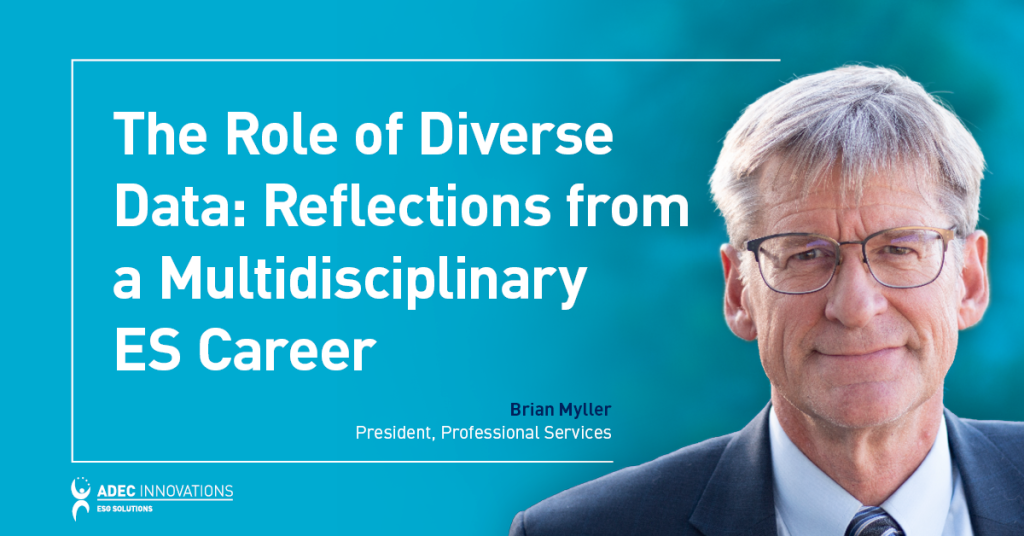
Harnessing our collective expertise and data, the possibilities for creating resiliency and transforming risk into positive impact and value are limitless.
City Resiliency and Why it Matters (Webinar Recap)
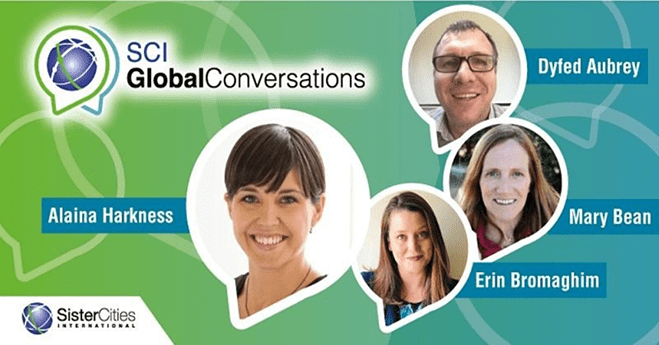
Join us for a look back at a recent webinar, where we join changemakers in the sustainable development space to discuss the topics of resiliency, ESG, and how cities fit into the sustainability picture.
Career Journeys: Urban Planning and Sustainability

My journey to the field of urban planning has been a circuitous one. From a very young age, I always imagined myself helping society, especially the underprivileged, and improving their quality of life. Growing up in India, I witnessed overcrowded streets teeming with litter and extreme poverty daily. I remember meandering through gridlocked traffic on foot to school after a heavy rain with public pathways flooded up to my shins—which, at the time, I thought was standard.
Making Smarter, More Resilient Cities
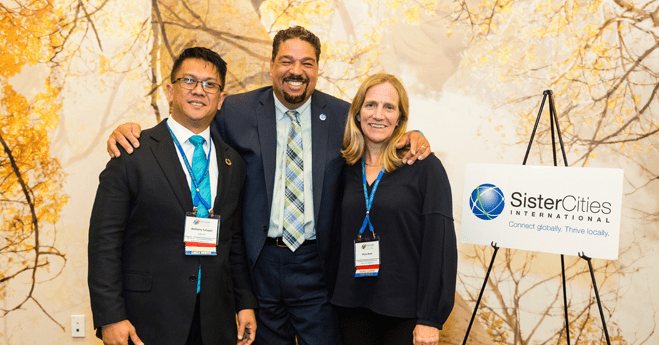
In August 2018, FirstCarbon Solutions (FCS), an ADEC Innovation, helped sponsor the Sister Cities International (SCI) Annual Conference held in Aurora, Colorado. Since 1956, SCI has fostered global relationships between communities around the world based on the exchange of culture, education, information, and trade. SCI’s 62nd Annual Conference celebrated “Cities Leading the Way”, fostering discussion around how the Sister Cities initiative can help modernize local communities.
Taking Action: Climate Change and Tourism

Few industries are as complexly intertwined with the causes and effects of climate change as tourism. Tourism is a resource-intensive industry, and its components, including transportation and hospitality, contribute to the greenhouse gas (GHG) emissions which are driving climate change.
Cities and Environmental Planning
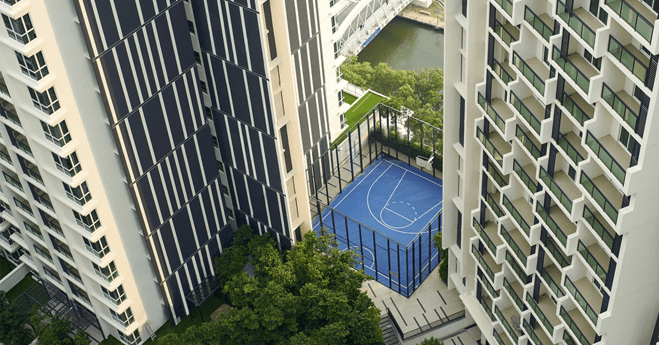
An estimated 4 billion people—equivalent to approximately 54 percent of the world’s overall population—reside in cities. The global urban population is projected to escalate to 66 percent by 2050. The UN, however, claims that the current rise in the cities’ population is unsustainable.
The Importance of Mapping Technology in Sustainability

Throughout history, people have found maps to be an efficient and effective method of recording, storing and transferring information about the world around them.
How to Mitigate the Effects of the Urban Heat Island
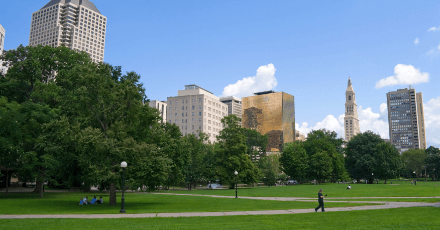
More than half the total global population lives in urban areas. This global rate of urbanization is expected to grow by more than 1% per year until 2030 as people migrate from rural to urban and suburban areas. As this migration occurs, it carries with it a number of potential environmental impacts, including the Urban Heat Island (UHI), which are increasingly concerning for many countries around the world.
How Old Materials Can Make New Construction Green
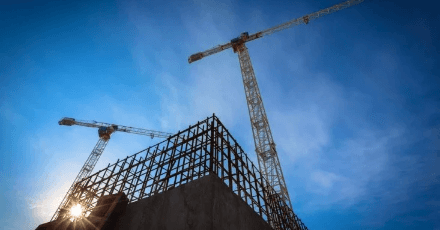
Construction is one of humankind’s dirtiest practices, and makes green construction a challenging idea.
Getting more renewables onto the grid – issues for developers

In 2015, California Governor Jerry Brown set some of the nation’s most ambitious goals for production of electricity from renewable sources for his state.
How Sweden Became the World’s Most Sustainable Country: Top 5 Reasons

Sweden is ranked as the Most Sustainable Country in the World for 2015 according to RobecoSAM’s Country Sustainability Ranking study.
Why Your Business Needs a Sustainability Plan
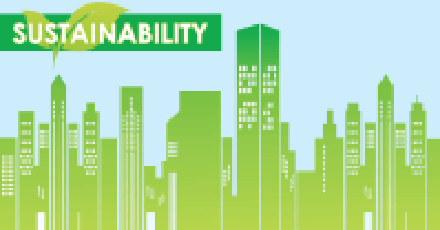
As the private and public sectors continue to develop their sustainability plans to demonstrate their commitment to the environment and the wellbeing of their communities, the private sector faces the challenge of ensuring the long-term viability of their operations and the wellbeing of their clients and consumers.
Sustainability Plans and Municipalities

Balancing economic growth with sustainable development is a challenge for both large and small municipalities.
What Does it Take to Develop an Effective Sustainability Plan?

A local government that develops a comprehensive and effective sustainability plan shows that it is committed to preserving the environment while developing sustainability strategies for the local community.
Making Sense Out of Sustainability Plans
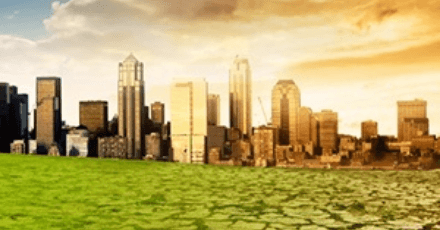
With continuous changes to climate patterns, numerous agencies have adopted Climate Action Plans (CAPs). CAPs address air quality, greenhouse gas (GHG) emissions, transportation strategies, land use, open spaces, economic development, water management, recycling and more.
Finding Green Spaces in the Big Apple
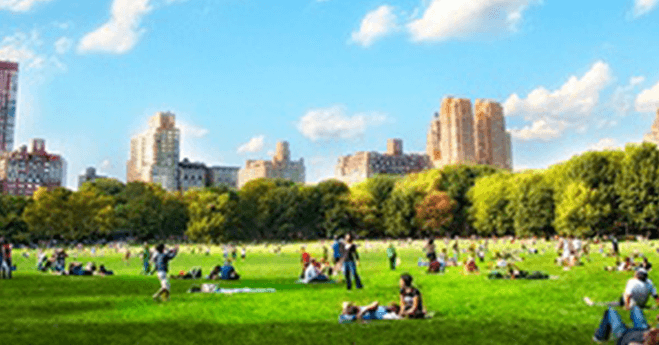
In Southern California, there is ample open space where parks and other recreational areas are located. The urban space is reasonably horizontal and spread out with open areas for parking lots, big box retailers, parks, and other recreational areas such as soccer and baseball fields. There is a distinctive lack of tall buildings and dense development where I live, compared to other areas in the United States. When I visited New York for the first time, I was in awe of the height of buildings and the vertical density of development, which I was not accustomed to. This article takes a brief look at some open spaces located in New York— The High Line Park, Central Park, and Gotham Greens (a rooftop greenhouse)—that highlight the creative ways in which open space and nature are incorporated into an urban environment.
Creating Resilient Cities Amidst Climate Change Risks
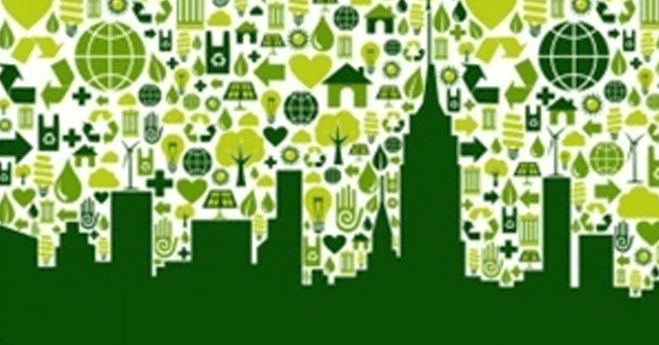
Businesses know the importance of sharing their environmental data; the collective information gathered helps bring about a solution towards mitigating climate change risks, lowering environmental impacts and increasing stakeholder confidence. The same premise applies to the cities where these businesses operate from and where employees of these businesses live.
More Than an Open Road

A Sustainable Future for the Healthcare Industry

A significant hurdle to a long term sustainable healthcare industry is how to instill environmental sustainability efficiently and effectively.
The CEQA Reform Waiting Game
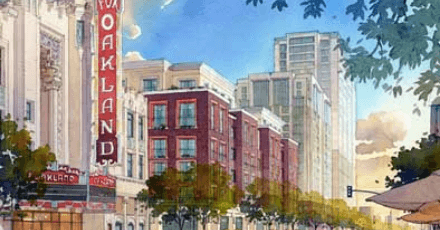
During a recent trip overseas, California Governor Jerry Brown said what many planners, agency staff, and developers were already assuming — a substantial overhaul of the California Environmental Quality Act (CEQA) was unlikely to occur this year. CEQA reform was being shelved, explained the Governor, to focus State lawmakers’ attention on other equally important issues, including public schools, prisons, and the statewide water system. The Governor told reporters that CEQA reform would entail a significant undertaking, and that “there are very powerful forces that are strong in the party that will resist” any substantial overhaul.
California’s New Water Resources Management Plan
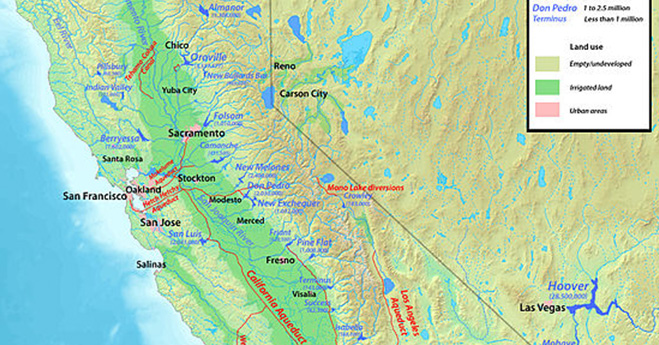
The transfer of water to meet the demands of various populations in different geographical areas is not a new concept. The ancient Romans built aqueducts to supply water for public baths and drinking. In more recent times, New York City is supplied by a web of tunnels and pipes that stretch 125 miles north into the Catskills Mountains. Due to the accelerated pace of population growth and an increase in the amount of water each person uses, the need to convey water to meet this increase in demands suggests that the need for conveyance will persist.
Does Energy Management Reduce Costs?
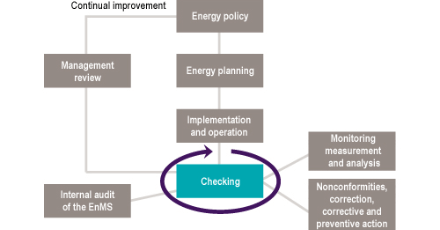
The Effects of Environmental Compliance on Telecommunication

If you watched television anytime during the past decade, then chances are you are familiar with the Verizon Wireless ad campaign that featured a bespectacled Verizon employee roaming the far reaches of the United States asking the question, “Can you hear me now?” This ad campaign was seemingly inescapable, and proved to be wildly successful, growing into its own pop culture phenomenon. Several diverse factors likely contributed to the success of this campaign, but arguably one of the primary reasons for it’s overall popularity was that the actor’s situation was all too relatable to the millions who use a mobile phone. Who hasn’t lost mobile phone service at one point or another? Even those who reside in the most developed of metropolitan centers, where every form of media and communication is at our disposal, are not immune to the plight of the “dropped” call.
Case Study: Environmental Planning of Dockside Green, Victoria, BC
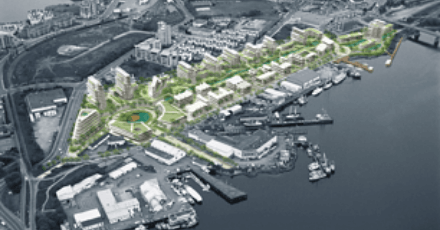
Dockside Green is a 15-acre sustainable harborside community located in Victoria, British Columbia. This development is a master-planned waterfront community that is designed to reflect a more responsible approach to planning with the environment in mind. It includes a total of 1.3 million square feet of residential, office, retail and commercial space. Dockside Green is the first community ever to target LEED Platinum certification for buildings developed in a master-planned community.